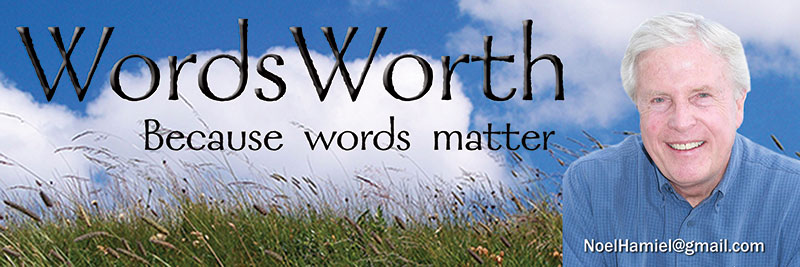Giant: A person or thing of unusually great size, power, importance, etc.; major figure; legend. – Dictionary.com
When Ole Rolvaag wrote “Giants in the Earth” in 1924, he was describing Norwegian immigrants who were trying to start a new life in Dakota Territory and their struggle to succeed.
He would have no idea that his themes would find parallels in South Dakota’s political history that was yet to be written.
The 1980s was a decade of political giants in our state, at least that was the opinion I offered at a recent Center for Western Studies conference at Augustana University. It was an honor to be on a panel that included Ted Muenster, chief of staff for Gov. Richard Kneip; Frank Brost, chief of staff for Gov. George Mickelson; Michael Seminara, project archivist for the William Janklow Papers, University of S.D.; and Cory Haala, who is writing a dissertation on Midwestern liberalism at Marquette University.
I poked fun at Muenster and Brost and said if they had been as forthcoming when they were in power as they were at the conference, those of us in the newspaper business would have sold more newspapers.
We truly did have “giants” on the political landscape during the 1980s, which was the topic of the session moderated by Jon Lauck, an author and historian of note. A partial list: Jim Abdnor, Tom Daschle, Bill Janklow, George Mickelson, Larry Pressler, Tim Johnson – they all held sway in the 1980s and beyond.
George McGovern’s political career ended in 1980, easily ousted from his U.S. Senate seat by Abdnor after serving nearly continually since his first election to the U.S. House in 1956. His need for a larger stage and his unwavering advocacy for liberal causes placed him increasingly at odds with South Dakota voters.
Muenster’s boss, Gov. Kneip, wasn’t a factor in the 1980s, though he did attempt a comeback in 1986 in the gubernatorial primary won by Lars Herseth, who, had he won that closely contested race against Mickelson, would have been the state’s fifth elected Democratic governor.
Another parallel to Rolvaag’s work is that the struggle by immigrants to survive is reminiscent of the state’s Democratic Party. There have been important Democrat victories for federal office, but on the state level, the party continues to wither.
The names in this political constellation will shine on because of their strong leadership and accomplishments. South Dakota has a strong record of political leaders, but the 1980s were exceptional and not just for politics.
For those of us in the news business, it was as good as it gets.
May 3, 2017
